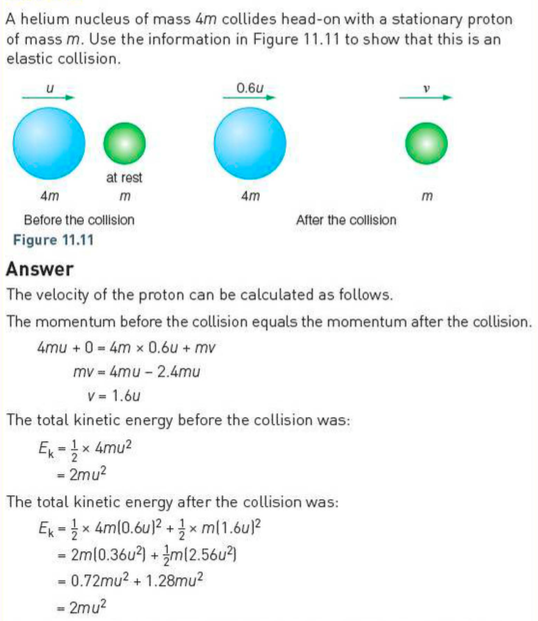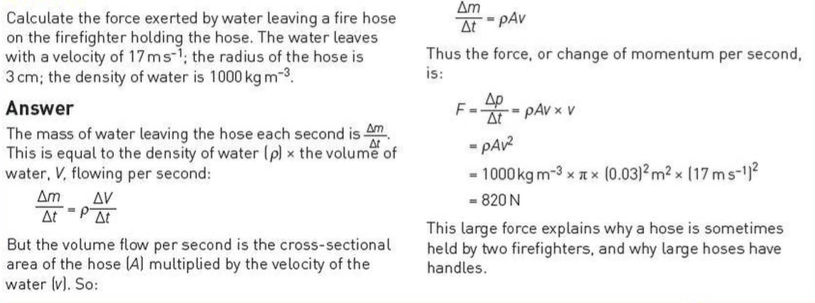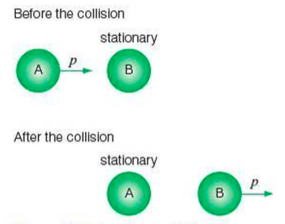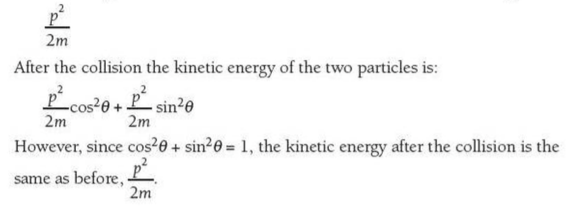Elastic and Inelastic Collisions
Summary
⇒ The following image shows an unfortunate situation: a van fails to stop as it approaches a line of traffic and hits a stationary car; and they move forwards together - is this elastic or inelastic collision?

⇒ Without doing any calculations, we know that this is an inelastic collision because the crash transfers kinetic energy to other forms - the car is dented, so work must be done to deform the metal, and there is noise
⇒ However, we can calculate the kinetic energy transferred as shown in the example below...
⇒ In the world of atomic particles, collisions can be elastic because, for example, electrostatic charges can repel two atoms or nuclei without a transfer of kinetic energy to other forms
⇒ In the example above, the momentum before the crash is equal to the momentum after the crash:

Example

⇒ So the total kinetic energy is conserved in this collision. It is a useful rule to know that in an elastic collision the relative speeds of the two particles is the same before and after the collision.
More advanced problems in momentum
⇒ The generalised form of Newton's second law of motion


Collision in Two Dimensions
⇒ An interesting special result occurs when two atomic particles of the same mass collide elastically, when one of the particles is initially stationary

⇒ If the two particles (protons for example) collide head-on, then the momentum and kinetic energy of the moving proton (A) is transferred completely to the stationary proton (B)
⇒ In this way both momentum and kinetic energy are conserved. This only happens when the particles are of the same mass; in all other cases both particles will be moving after the collision
⇒ What happens when two particles of the same mass collide, but the collision is not head on (as seen below)?

⇒ The momentum of particle A can be resolved into two components: p cosθ along the line of collision and p sinθ perpendicular to the line of the collision
⇒ As in the first example, all of the momentum of A along the line of the collision (here p cosθ) is transferred to particle B
⇒ This leaves particle A with the component p sinθ, which is at right angles to the line of the collision
- So, in a non-head-on elastic collision between two particles of the same mass, they always move at right angles to each other
⇒ And as you can see below, momentum is conserved is a vector quantity: p = pcosθ + psinθ
⇒ Kinetic energy is also conserved
- Before the collision the kinetic energy is:

Extra
⇒ Also see our notes on: